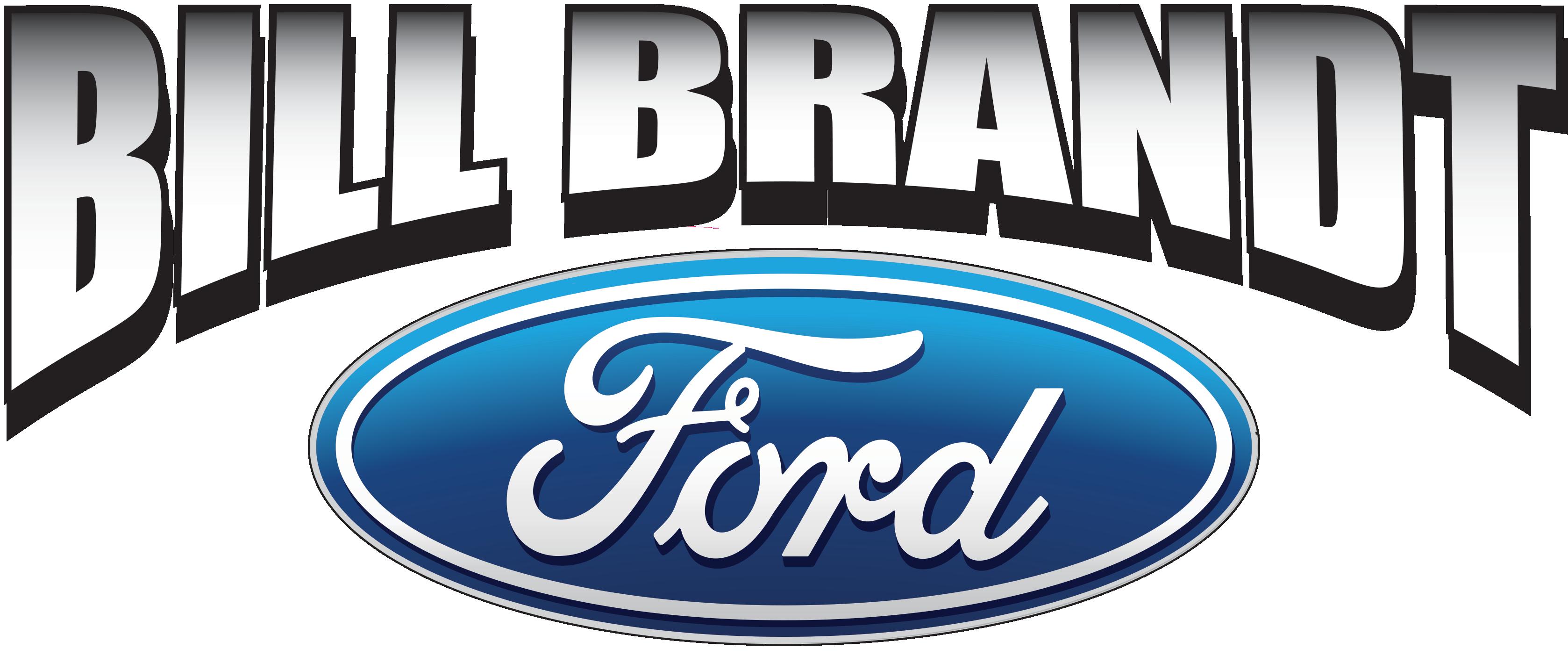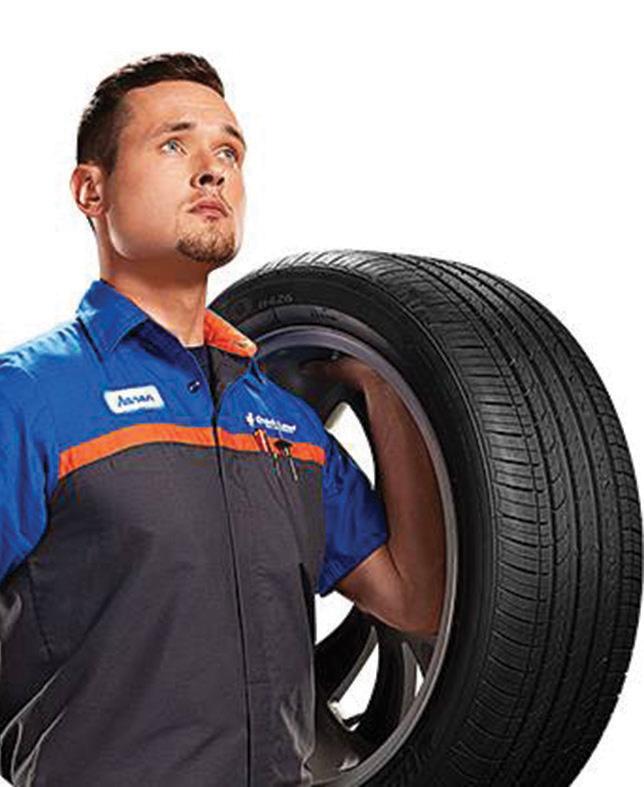






















Brentwood’s Bill Brandt Ford is Contra Costa County’s oldest continuously owned dealership. Founded by Bill Brandt in 1972, the business celebrates 50 years of selling Ford vehicles this month.

The dealership is now run by three of Bill’s four children: Rob Brandt, Jim Brandt and Dianna Griffin, and a third generation has started learning the ropes of the business. Rob Brandt and Jim Brandt share dealer principal duties, while Griffin is chief financial officer.
“Bill Brandt Ford is built to last,” Rob Brandt said. “Brentwood has had a Ford dealer since the 1940s. My dad purchased the Ford dealership from Earline Chapman, who is still alive. He did that in the summer of 1972 and had the grand opening in October of 1972.”

Bill moved his family from Concord to East County two years later because Ford Motor Co. wanted their dealership owners to be part of the communities. Rob Brandt and Griffin graduated from Liberty High School in the early 1980s, and the family has been part of the local community ever since.
“We are very involved in our commu nity,” Rob Brandt said. “We are Chamber members, I’m a Brentwood Rotarian, we give












back to our community and the community has been very good to the Brandt family and Bill Brandt Ford, and we support in every which way we can.”

Jim attributes much of the company’s success over the past 50 years to the team’s hard work.

“It’s not a job; it’s a way of life,” he explains. He recalls being in high school when his father opened the dealership in a Brentwood so small it had no stoplights. Though Brentwood has grown and Brandt is now the father showing his own sons the tricks of the trade, one thing remains constant. “You only get out of it what you put into it.”
Growing up in small-town Brentwood and the automotive industry shaping the lives of the Brandt children, and the family has expanded the business to fit the growing
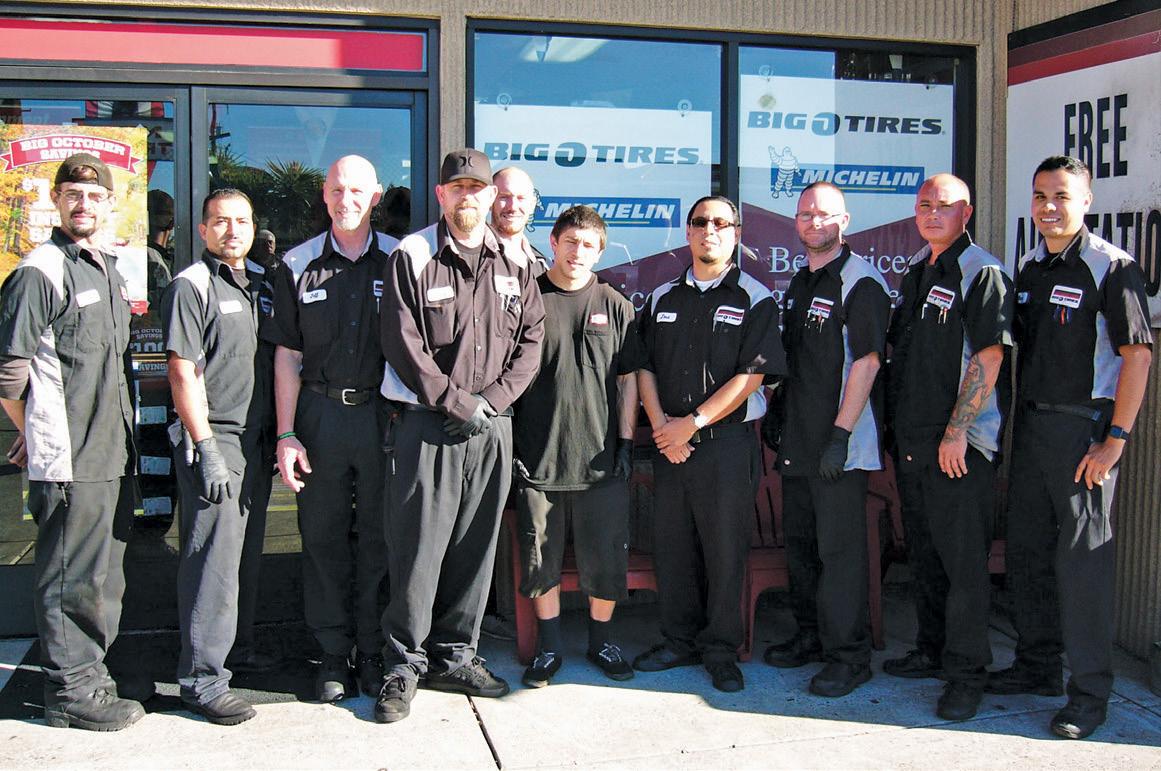
needs of East County. When Bill purchased the Ford franchise in Brentwood, it was called Brentwood Motors and sat where the Quick Lane sits now on Brentwood Boulevard. The family expanded their footprint, moving into a new building across the street in September of 1989, weeks before the Loma Prieta earth quake struck, cracking the new stucco.
“We didn’t realize things were going to grow the way they did in the community, but they have and we welcome it. And we have been able to keep up with the larger population,” said Rob Brandt. “We have more facilities now and are spread across about five acres … this is our home.”
The Brandt family takes on the chal lenges of running a family-owned business together, overcoming supply chain hurdles, recessions and the COVID-19 pandemic
together with their community. “When Dad was still alive, nearly every family dinner ended up feeling like a board meeting because we’d always wind up talking about the business,” Dianna says with a laugh. Like Jim, she emphasizes that it’s more than just a job, and that doing what one loves is an important part of success. Her other maxim is to treat everyone like family. This attitude, she says, has helped them see many return customers while also ensuring their employees enjoy working for the company.
Their method of doing business has evolved over the past five decades. There is a larger emphasis on digital marketing that has led to regular out-of-state sales, though the family continues to focus on their primary market in East County.

“If you don’t change with the times, you’ll get run over,” Dianna says.
The dealership now offers a range of electric vehicles. Rob Brandt said things are likely moving more and more in that direc tion, though the business still offers its lineup of gas, diesel and hybrid products. As for the state’s ban on new gas vehicles sales in 2035, Rob Brandt said he hopes he’s around to see if it sticks.
“Ford Motor Company is gearing that way,” he noted. “They are talking about building a couple million vehicles by 2030 that will be electric. They have a long way to go. It’s definitely a part of the business plan for Ford Motor Company in the future.”
vehicles
drivers
safe as possible behind the wheel.
also can alert drivers when their cars are in need of examination,






such is the case when the often
“check engine” light comes on.
While a ‘check engine’ indicator is seldom good news, it may not mean that expensive repairs are right around the corner. The following are six reasons why ‘check engine’ lights come on and how to remedy these situations.

1. Faulty/loose gas cap: A faulty gas cap is one of the reasons a ‘check engine’ light might turn on. A cap that is not tightly closed or one that is poorly sealed enables vapors to escape, which

can trigger the light. Opening the gas cap and then resealing it tightly may help; otherwise, a replacement cap may be necessary.
2. Faulty sensor: Sometimes there is nothing wrong with the engine or other components, but the light sensor itself. The ‘check engine’ light might come on because its sensor is corroded or not work ing properly.
3. Oxygen sensor failure: The oxygen sensor sends data to the vehicle’s computer, which it uses to create the right mix of air and fuel to enter the engine’s cylinders. The ‘check engine’ light may come on when the sensor fails or registers a problem with the fuel/air mix.
4. Ignition coils/spark plugs: A ‘check engine’ light may come on to warn drivers it is time to replace spark plugs and/or ignition coils. According to DigitalTrends, ignition coils generate the electricity needed for spark plugs to ignite the fuel and air mix in the cylinders. Worn coils or fouled plugs can cause any number of issues, including engine misfire.
5. Catalytic converter issues: The catalytic converter heats up hydrocarbons and other emissions so that they turn into carbon dioxide and water vapor to help protect the environment, offers AutoZone. The converter usually does not fail on its own, but a mechanic can help diagnose what might cause the failure.
6. Electronic powertrain controls: Vehicles are large computerized devices with an array of sensors and modules that run powertrains. Any issues with these sensors, networks or modules can trigger the ‘check engine’ light.
Depending on the make and model of a vehicle, a check engine light may require less urgency than a flashing light. It always helps to consult with the owner’s manual to help determine issues. Automotive retail stores and mechanics can connect the car’s computer to diagnostic equipment that will issue a diagnos tic trouble code that can serve as a starting point to address check engine light issues.

Gas prices have been historically high in 2022.
to the fuel price comparison website GasBuddy.com,
as of June 2022, the least expensive state for regular gas was Georgia, at $4.43 a gallon. The most expensive was California at $6.34 per gallon. During June, which marks the beginning of the summer travel season in many areas, fuel costs in most parts of the United States averaged around $5 per gallon.
Even with the start of October, prices in California are still near $6 per gallon, at $5.88, according to AAA. That’s up 43 cents from a week ago, up 61 cents compared to a month ago, and $1.49 higher than a year ago.
With prices so high, many drivers have been looking for any way to save money at the pump. Some may have cut back on driving habits while others might have organized community carpools. Others may have taken to other modes of trans portation. For those who have no option but to drive their vehicles, there are ways
There are several obvious and not so obvious ways to save gas.
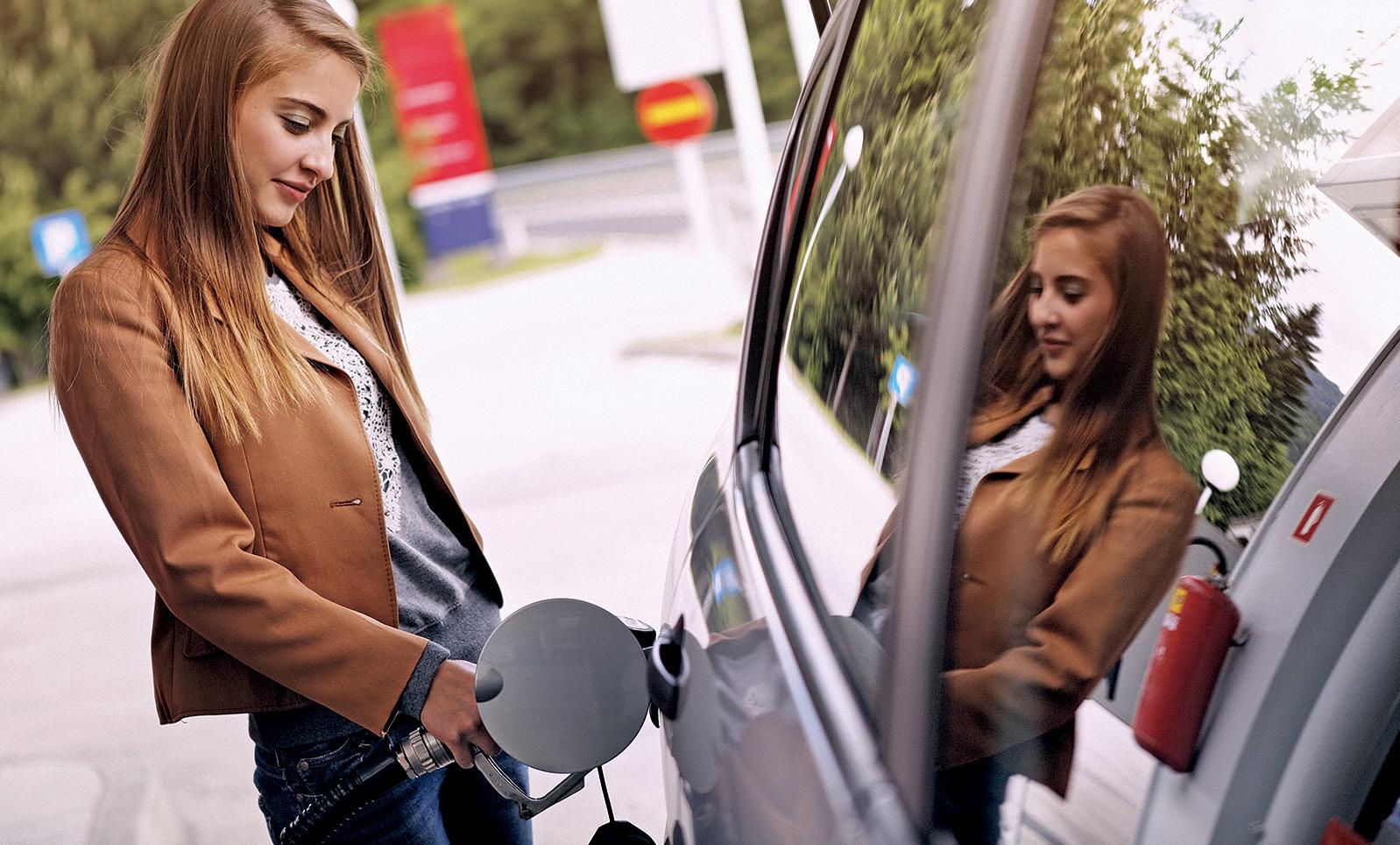


to reduce fuel consumption without resort ing to walking or cycling.
How much weight is being carted around in a vehicle can directly affect the amount of gas it consumes. Remove any unnecessary items from the trunk or cargo area of a truck or SUV. Consider removing extra accessories, like roof racks or hitches.
Resist the urge to “gun it” when coming off a stoplight or stop sign, as rapid acceleration wastes gas. Press









the accelerator pedal gently to increase speeds gradually and conserve fuel. Similarly, coast to a stop, rather than slamming on the brakes.
Turn off the engine if you will be idling for more than a minute. Idling for longer than that is merely wasting fuel. Modern engines do not need to be warmed up for more than 30 to 60 seconds, even when the weather is cold. Driving will warm up the car faster than idling while parked, provided you drive moderately until the
temperature gauge shows the car has reached the right temperature.


While it’s true that the air condition ing will drain fuel when in use, driv ing with the windows open makes the vehicle less aerodynamic by causing drag. Some experts recommended leaving the windows down during slower, city driving and using the AC for higher speeds on the highway.
Poorly inflated tires can make a vehicle less efficient by causing more friction between tire and roadway. Check the PSI rating for the tires and inflate accordingly. Many modern vehicles automatically alert drivers when tires are low on air.
When driving on the highway, switch to cruise control to maintain a consistent speed. Driving steady reduces drag, which, in turn, reduces fuel consumption.
Maintaining your vehicle by getting routine oil changes, fluid checks and other simple maintenance helps a car or truck run properly, and that can help conserve fuel.
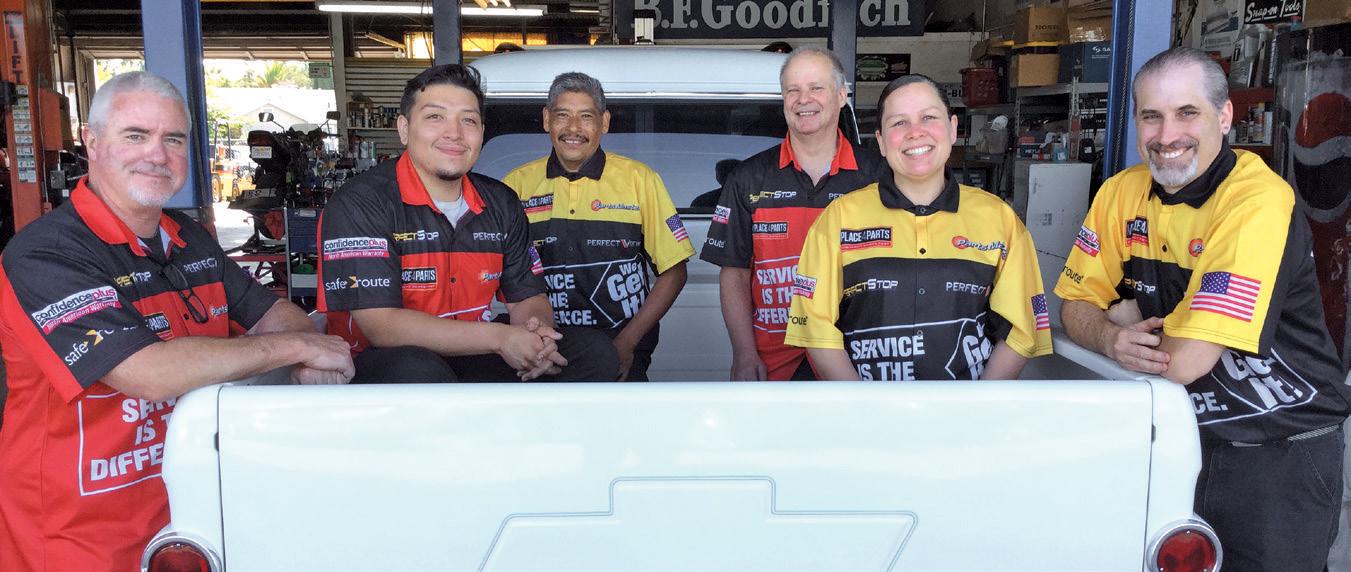

These are just a few strategies drivers can employ to conserve fuel in the face of historically high gas prices.
– Courtesy of Metro Creative

There
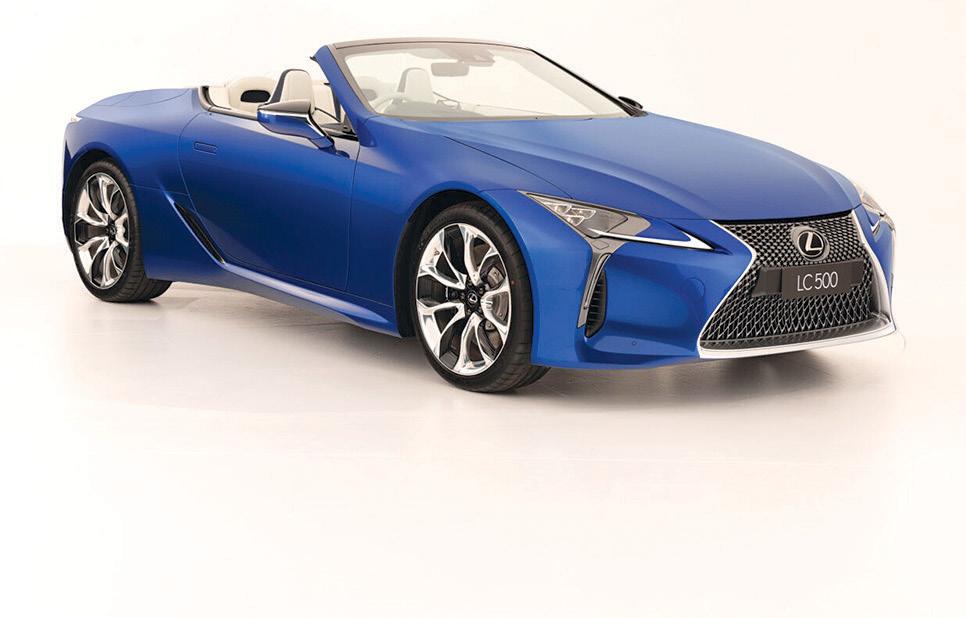
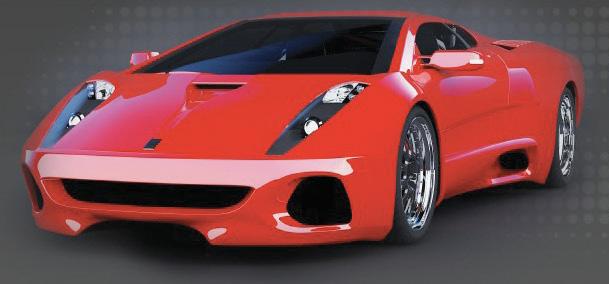
Defensive driving can

prevent accidents and save lives. Defensive driving also could save drivers money on car insurance. With so much to gain from driving defensively, a refresher on the principles of defensive driving could benefit drivers of all ages.

What is defensive driving?


Drivers undoubtedly have heard the term “defensive driving,” but may not fully under stand what it means. In the simplest sense, defensive driving focuses on anticipating and reacting to potential hazards when behind the wheel. Defensive drivers apply various skills and techniques to in an attempt to prevent poten tial accidents caused by reckless drivers. Who can benefit from defensive driving?


Anyone can benefit from a defensive driving course. New drivers may benefit the most because it gives them a strong founda tion for safe driving. A defensive driving course also may help drivers remove tickets from their driving record or remove points from a license for first-time offenders, according to DefensiveDriving.org. Defensive driving courses also may help prevent high insurance premi ums or rate hikes following a ticket or accident. The principles of defensive driving Defensive driving courses differ, but the following are some of the basic principles of driving defensively.
♦ Be alert to surroundings. This is one of the most important aspects of de fensive driving – paying attention to the road and avoiding distractions prevents accidents. The National Highway Traffic
Safety Administration says not looking at the road for five seconds while driving 55 miles per hour is like driving the length of a football field with your eyes closed. Driv ers should scan the horizon, check blind spots and know what’s going on around their vehicles.
♦ Employ the three-second rule. Leave sufficient distance between your vehicle and the one in front of you. A driver should pass a stationary object on the side of the road no earlier than three seconds after the vehicle driving ahead of them has passed it.
♦ Don’t drive impaired. Drugs, alcohol and fatigue can harm performance behind the wheel. Precise movements, fast-think ing and focus are adversely affected when driving tired or under the influence.

♦ Leave yourself an out. Figure out a way to avoid collisions at all times while driving. This includes not being boxed in by other drivers or barriers. This can be achieved by leaving significant distance between your vehicle and the one in front of you, by obeying the speed limit and ensuring there’s a lane to move into that’s free and clear.

♦ Avoid bad drivers. Steer clear of driv ers who are acting recklessly, and give them a wide berth. Move over, slow down and keep an eye on these drivers to avoid a collision. Similarly, move over for tail gaters and avoid succumbing to road rage.

♦ Be courteous and follow the rules.
Respect the rules of the road that you learned in drivers’ education classes. This includes wearing a seat belt, obeying the speed limit, slowing down for bad weather, and giving over the right of way to a reckless driver if it means staying safe.
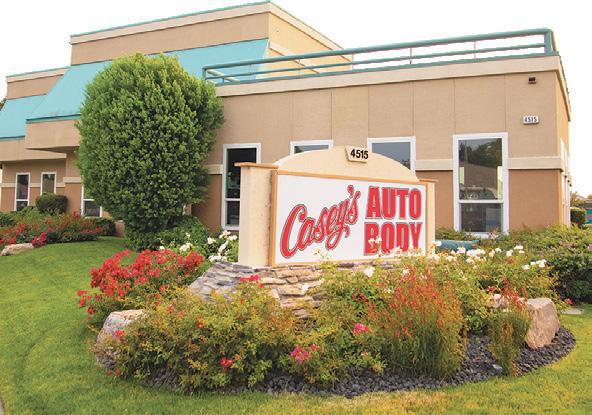



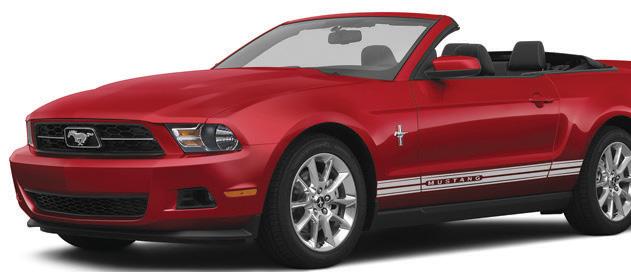
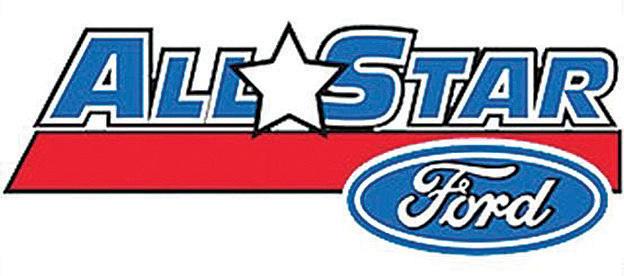
vehicles are widely touted as the vehicles of the future. Despite the growing availability of such cars in the present day, for many drivers, electric vehicles remain a novelty. That means buying an electric vehicle for the first time is a new and unique experience.
Tesla electric vehicles might be the most visible electric cars on the road today, but most
major auto manufacturers, including Nissan and Chevrolet, produce them as well. That means auto buyers have more electric vehicle options now than ever before, which can make the process of buying such a car more exciting, but also more difficult. Narrowing down a growing number of options may not come easy to first-time electric vehicle buyers, who can keep these tips in mind as they begin this exciting journey.


♦ Get an idea of the accessibility of charging stations around your home. The number of public charging stations is on the rise, but there’s still a lot of work to be done
in this area. In fact, research from McKinsey & Company indicates that nearly half of consumers in the United States indicate that battery or charging issues are their foremost concerns about buying electric vehicles. The automotive resource Auto Trader notes that most electric vehicles have enough battery range to cover more than the average daily commute in America. But drivers who hope to use their electric vehicles as their everyday cars that take them to work and help them run errands and get around town should confirm there are enough public charging stations to make that possible.
♦ Look into subsidies. The Office of Energy Ef ficiency & Renewable Energy notes that all-electric and plug-in hybrid cars purchased new in or after 2010 may be eligible for a federal income tax credit that could be as high as $7,500. State and/ or local incentives also may apply. The Canadian Automobile Association reports that the Govern ment of Canada offers point-of-sale incentives of as much as $5,000 for drivers who buy or lease an electric vehicle. These subsidies can help bring the cost of electric vehicle ownership down by a significant amount and are worth exploring as drivers decide which electric car or truck to buy.


– Courtesy of Metro Creative







